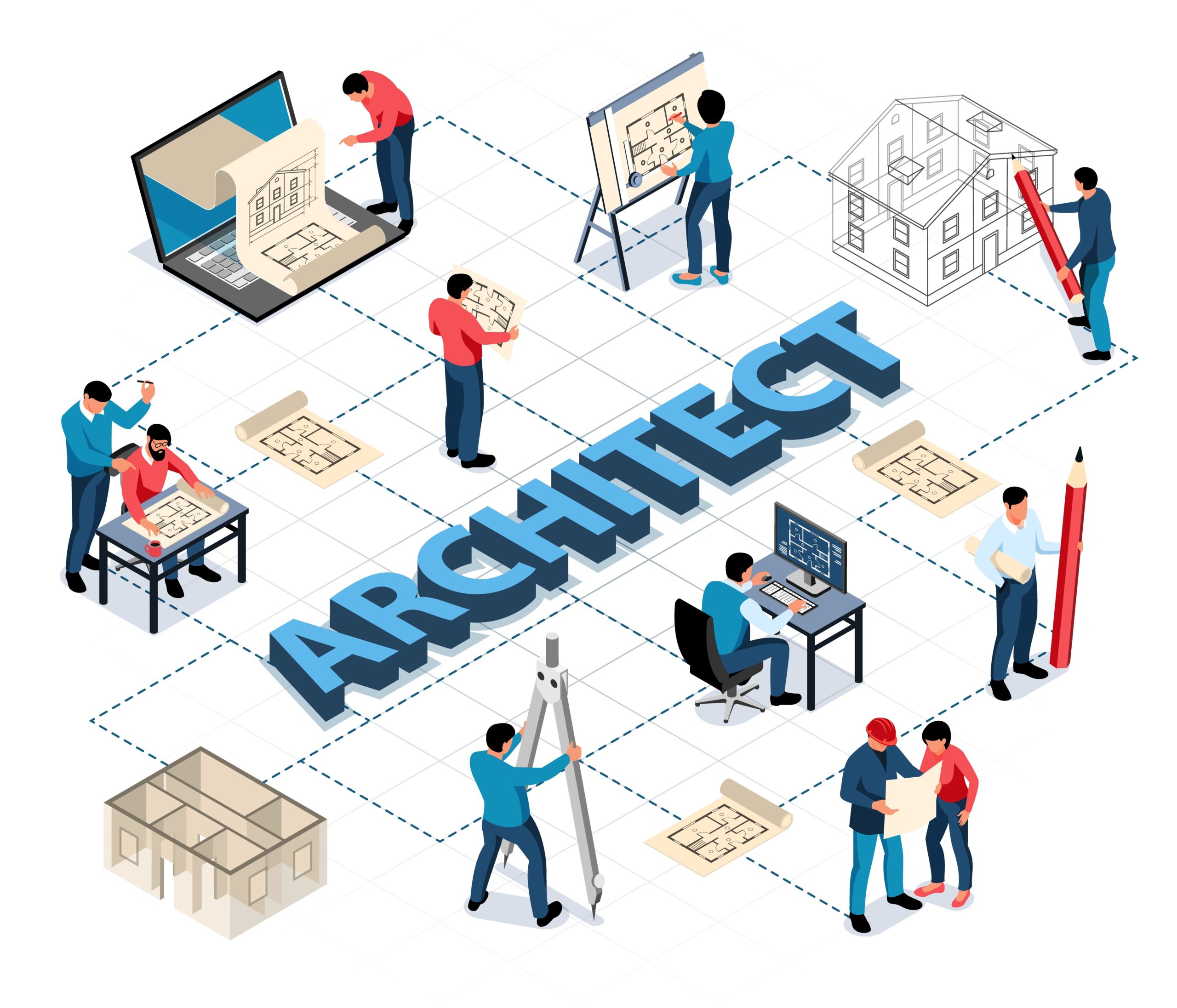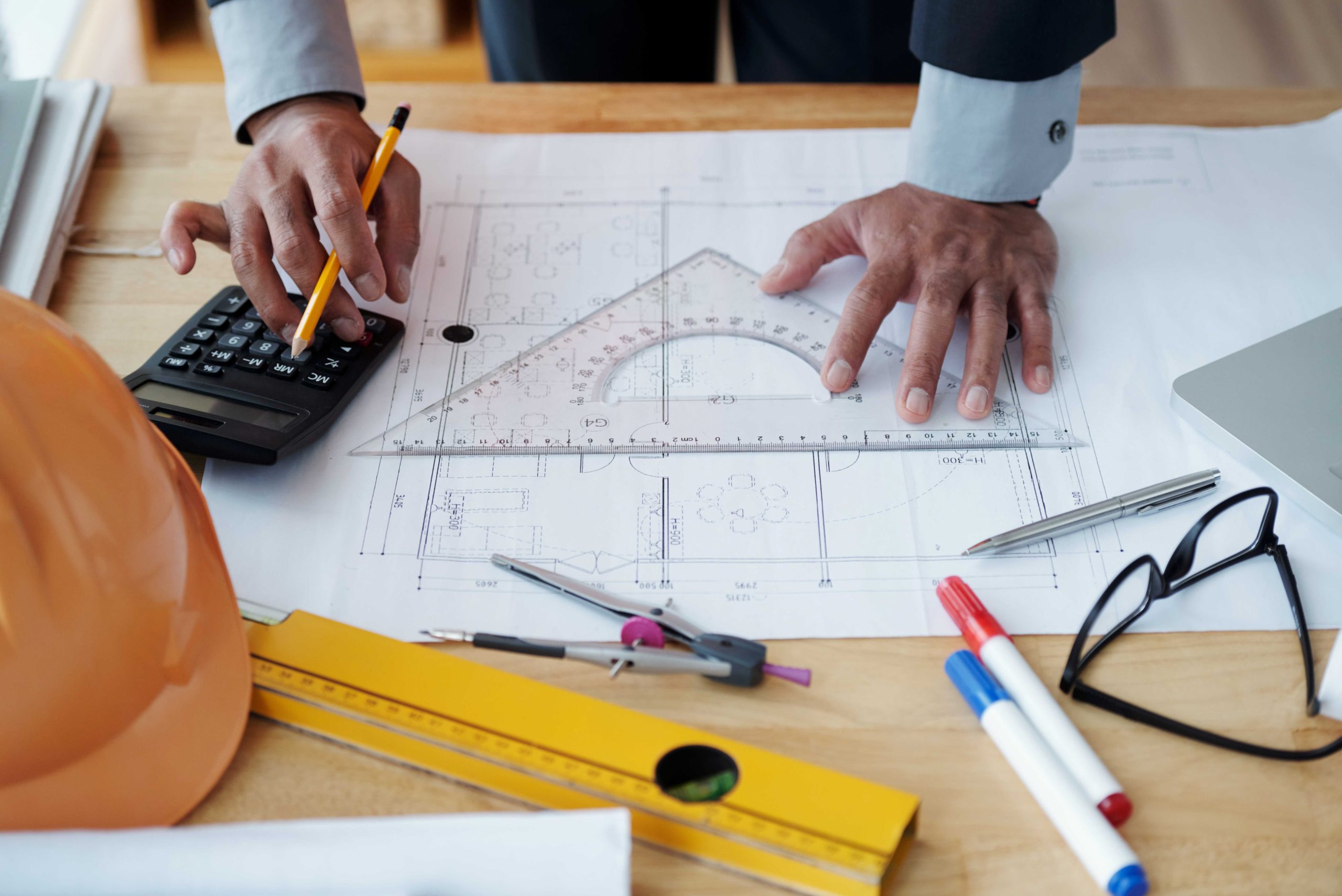Architecture isn’t just about erecting structures; it’s about sculpting environments that resonate with human experiences. The significance of service design cannot be overstated within the architectural landscape. Spatial architecture possesses a unique ability to engage occupants on an emotional level. The purpose of spatial experience is to interact with the users, giving them a great sense of positive energy by transforming spaces into dynamic, user-centric environments. It’s the thoughtful crafting of spaces to ensure they’re visually appealing and functional and tailored to enrich the lives of those who inhabit them.
Thoughtfully crafted spatial architecture experiences go beyond the traditional focus on physical structures. It champions the creation of spaces that not only function efficiently but also touch hearts, evoke emotions, and nurture connections. This article aims to delve into the profound impact of service design in architectural practices, shedding light on its multifaceted role in shaping immersive and transformative spatial experiences.
Understanding Architectural Design Services
In this era of innovative design thinking, spaces are no longer just functional entities; they are user-centric dynamic encounters. Architects are embracing a holistic approach, intertwining the aesthetics of spaces with the meticulous planning of service designers. Service design amplifies this by infusing empathetic methodologies into the design process.
Nowadays, architects are delving into users’ lives, observing behaviors, and deciphering the intricacies of human interactions within spaces. This deep understanding forms the bedrock upon which designs are crafted, ensuring they resonate with users on an emotional level. Let’s unfold how service architecture design has the power to create a visceral connection, stirring emotions that resonate with those who inhabit the space.
Exploring Service Design in Architecture
1. User-Centric Approach
The traditional approach to architecture prioritizes architects’ aesthetic vision over the inhabitants’ genuine needs. Modern service design underscores the importance of understanding and addressing the true needs of those who live, work, or interact within architectural spaces. It’s not just about creating visually stunning structures; it’s about enhancing the quality of life for the individuals who engage with these environments.
The essence of service design in architecture lies in understanding people. Architects immerse themselves in users’ lives, decoding their routines, aspirations, and pain points within spaces. Through empathic interviews, behavioral analyses, and journey mapping, architects glean insights that guide designs toward solutions that cater not just to functional needs but also to emotional well-being.
2. Co-creation and Collaboration
Collaboration is the heartbeat of service design in architecture. Architects recognize the profound impact that their designs can have on communities, and to harness this influence effectively, they engage in a participatory process that prioritizes collaboration. This participatory process fosters a sense of ownership and authenticity within the community while ensuring that the final design mirrors their aspirations and values.
A collaborative project involving residents, urban planners, and architects transformed a derelict industrial area into a vibrant mixed-use development. Co-creation workshops facilitated an inclusive approach, resulting in a design that honored the site’s heritage while meeting contemporary needs.
3. Emphasis on Experience and Functionality
The emphasis on experience and functionality in service design within architecture underscores a deliberate move beyond mere aesthetics. Architects infuse spaces with elements strategically chosen to evoke emotions and connect with occupants on a profound level. These elements include captivating vistas that draw the eye, inviting textures that engage the sense of touch, and stimulating spatial sequences that guide individuals through an orchestrated journey within the environment.
The main purpose of spatial spaces is not solely to create visually pleasing spaces but also to nurture environments that resonate with the personal and emotional experiences of the occupants. It’s about recognizing that the built environment has the potential to impact individuals at a deeper, more intimate level.
One way this emphasis on experience and functionality manifests is by deepening design elements. Take, for instance, the integration of responsive lighting systems within a workspace. This design element serves a dual purpose. It enhances the functionality of the space while also catering to the emotional well-being of its users.
This adaptability creates an ever-changing ambiance within the workspace, aligning with the occupants’ emotional states.
This approach reflects a holistic understanding of architecture that recognizes the inseparable connection between the functional aspects of a space and the emotional responses it elicits. In crafting environments that speak to the human soul, service design in architecture aims to enrich the daily lives of occupants by creating spaces that are not only efficient but also deeply meaningful.
4. Technology Integration
Technology integration has become a pivotal aspect in the practice of service design within architecture, providing architects with indispensable tools to enhance the design process. Virtual Reality (VR), Augmented Reality (AR), and digital modeling platforms are innovative instruments that go beyond traditional blueprints, offering immersive experiences that seamlessly connect the realms of imagination and reality.
These immersive technologies provide a virtual environment that allows users to step inside a proposed architectural design before it becomes a physical reality. Elaborating on this, consider a scenario where architects utilize VR walkthroughs to present a proposed residential complex to clients. Instead of relying solely on 2D drawings or static renderings, clients are invited to step into a virtual representation of the space.
This immersive experience allows them to explore the design from various angles, move through different rooms, and even understand the scale and proportions.
In summary, integrating technologies like VR, AR, and digital modeling platforms in service design within architecture marks a significant advancement. It empowers architects to create virtual experiences that transcend traditional presentations, offering stakeholders a more immersive and interactive understanding of the proposed designs.
5. Sustainability and Ethical Design
The philosophy of service design in architecture goes hand in hand with a commitment to sustainability, transforming architects into stewards of the environment. Integrating ethical considerations into design practices emphasizes the creation of structures that minimize their environmental impact and foster healthy and resource-efficient spaces.
Architects embrace a holistic approach to sustainability, incorporating various elements into their designs. This includes integrating renewable energy systems like solar panels to harness clean and sustainable energy sources. Passive design strategies, which leverage natural elements like sunlight and wind, are also employed to reduce the reliance on artificial energy sources and promote energy efficiency.
Architects are shaping future generations with a heightened awareness of environmental responsibility by creating an environment that mirrors sustainability principles.
Conclusion
In conclusion, service design in architecture represents a departure from conventional approaches that focus solely on form and function. It goes beyond the physical attributes of buildings, aspiring to orchestrate immersive and meaningful experiences within the spaces created by architects. The essence of service design lies in weaving together various elements of empathy, collaboration, innovation, and sustainability, to sculpt environments that tell stories, evoke emotions, and establish connections among inhabitants and users.




